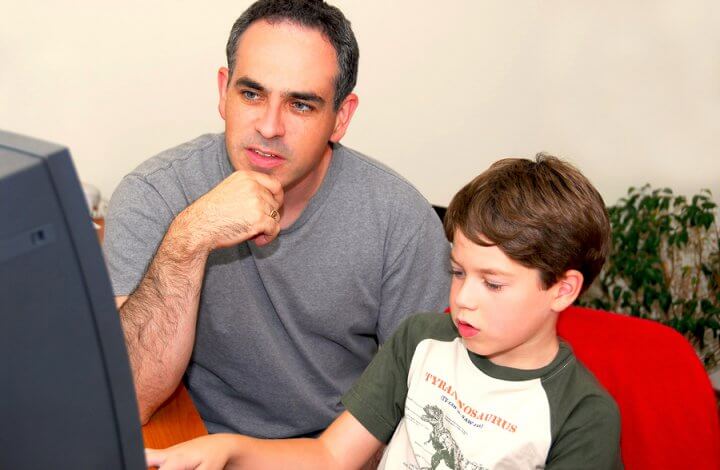
There are primarily two purposes of parental control software; prevention and detection. The prevention part is pretty easy to understand, as it simply involves blocking access to inappropriate websites, keywords, images, etc. The detection part, however, can be somewhat complicated, especially if you’re relatively new to using digital solution for your child’s online safety and are not really sure what constitutes danger and the best way to handle the situation.
Searching for Signs of Trouble
You need to ask yourself what you consider normal online behavior and what you consider inappropriate, as only then would you be able to use parental control software to detect smoke.
Typically, you’ll be monitoring your child’s use of Internet to check if they are staying away from websites that are inappropriate for someone of their age. This includes graphical images or videos, explicit language, and sexual content.
Social media websites are extremely popular among kids these days, which makes them your prime surveillance spot. Keep an eye on how they engage with other users and that they are not engaging in online fights. Rude behavior and inappropriate language is another thing that you ought to be looking out for. Check if your kid is interacting with strangers and to what extent. Most importantly, confirm that your child is neither a victim, nor a perpetrator of cyberbullying.
The Young Ones Need Guidance
If you discover that your child is engaging in irresponsible and inappropriate activities such as being rude to people, making offensive remarks, sharing inappropriate pictures, engaging in online fights, etc., there is no need to panic. Instead, remain calm and decide on what needs to be done.
In case you haven’t talked to your child about netiquette already, you ought to do it right away. Sit down with your child and help them learn to behave politely in the cyber space and refrain from saying anything to anyone that they wouldn’t in real life.
You also need to help your child realize that everything said, posted, or shared on the Internet may be visible to the world and can have life-long effects and consequences, which is why they need to be more responsible and careful.
In case your child is reacting to provocative remarks, teach your child to control their anger and other emotions.
Discovering That Your Child is the Bully or the Bullied
In case you discover that your own child is the perpetrator of cyber-bullying, then you need to do what’s necessary to discourage the behavior. Give them a punishment that is fair and consistent, while not too extreme. You also need to help your child learn not to vent their frustration and anger by harassing someone. Do whatever you possibly can to help your child make amends with the victim as well.
If the parental control software helps you discover that your child is being bullied, again there is no need to panic as that would achieve nothing. Instead, sit down with your kid, tell them that you know what’s going on, and ask them to share the details with you. Once you know the entire story, work on a solution with their help. Save the evidence of bullying. Identify the bully and if they happen to be your child’s schoolfellow, talk to the school administration and request them to intervene into the matter. You should also talk to the bully’s parents and ask for their help. If the school administration and bully’s parents don’t do what they should, then get the law authorities involved.
Kids generally aren’t mature enough to understand the implications of their online actions, neither are they aware of the effect that cyberbullying can have on a victim’s life. This is precisely why parents need to realize their responsibility and intervene when necessary. One important thing to remember is that the purpose of parental control software is to protect the child from harm, not to violate their privacy.
Racheal Dane writes for Stealthmate and is a dedicated technology buff who has an insatiable appetite for technological research and chocolate chip cookies.